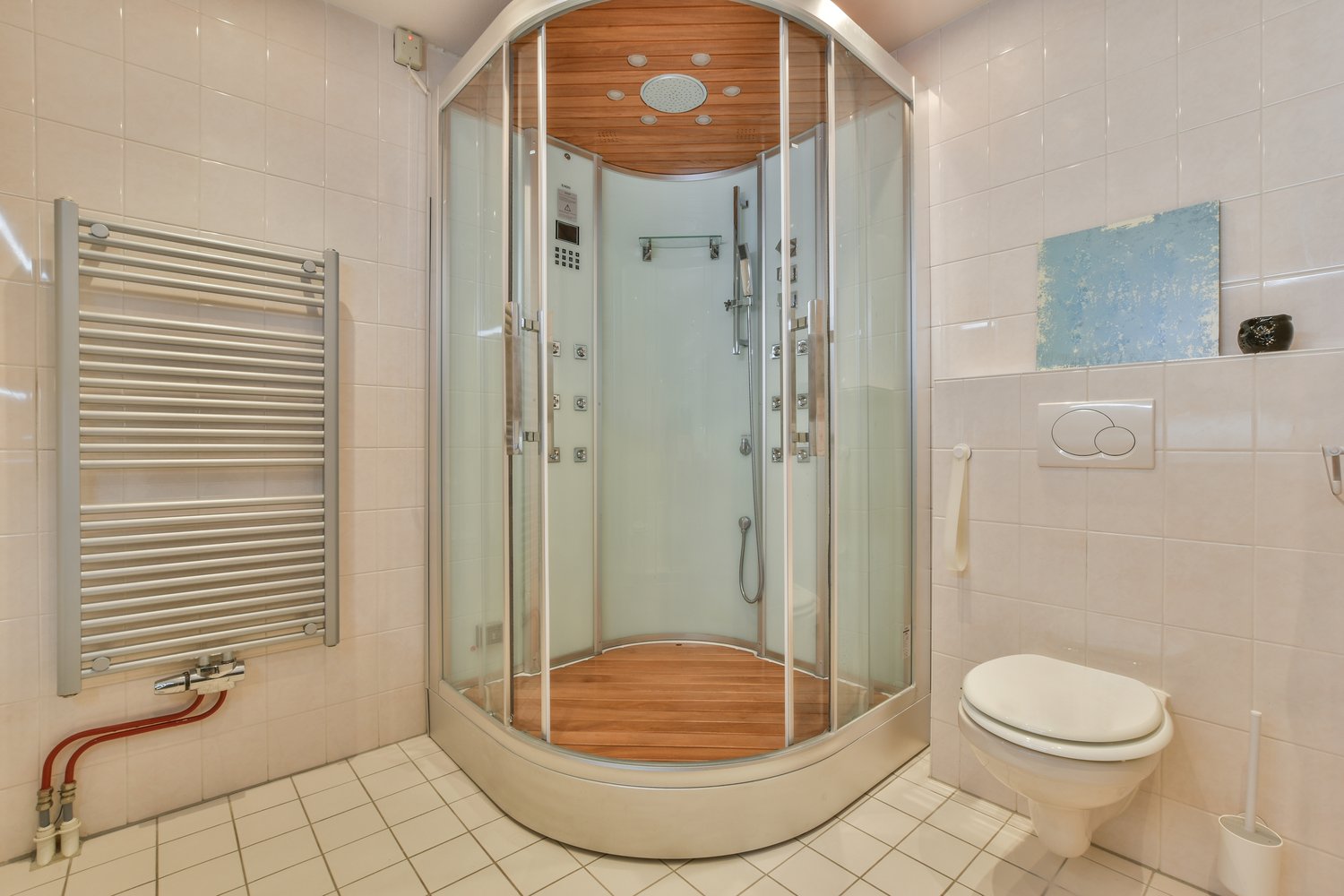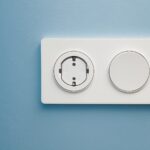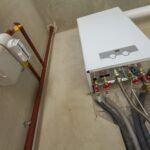Understanding shower cabin types
Shower cabins come in various styles and configurations. There are quadrant, rectangular, and pentagonal shapes available. Each type suits different bathroom layouts and personal preferences. Quadrant cabins fit well in corner spaces, saving room in smaller bathrooms. Rectangular designs offer more showering space and are ideal for larger areas. Pentagonal shower cabins provide a unique look and can be a great choice for unconventional bathroom designs.
The materials used in shower cabins also vary. Glass is the most common material for shower enclosures, offering a sleek and modern appearance. Acrylic is another popular option, known for its durability and ease of maintenance. Some shower cabins https://onninen.pl/en/products/Kitchen-and-bathroom/Bathroom-equipment/Shower-cabins feature a combination of materials, such as glass panels with aluminum frames.
When selecting a shower cabin, consider the door type. Sliding doors are space-efficient and work well in tight spaces. Pivot doors offer a wide opening but require more clearance. Bi-fold doors combine the benefits of both, providing a generous entry while saving space. The choice depends on your bathroom layout and personal preferences.
Measuring for your new shower cabin
Accurate measurements are crucial when choosing a shower cabin. Start by measuring the available floor space where you plan to install the unit. Measure the width and depth of the area, taking into account any obstacles like toilets or sinks. Don’t forget to measure the ceiling height to ensure the cabin will fit comfortably.
Consider the plumbing connections when measuring. Locate the existing water supply and drainage points. Measure the distance from these points to where the shower cabin will be installed. This information is essential for determining if any plumbing modifications are necessary.
Allow for some wiggle room in your measurements. Add about 2 cm to each dimension to account for slight variations and ease of installation. Remember to measure the doorway and any narrow hallways to ensure the shower cabin can be transported into the bathroom without issues.
Selecting the right features
Modern shower cabins offer a range of features to enhance your showering experience. Thermostatic controls maintain a consistent water temperature, preventing scalding. This feature is particularly useful for households with children or elderly members. Some cabins include built-in shelves or caddies for storing toiletries, adding convenience to your daily routine.
Consider the shower head options available. Fixed overhead shower heads provide a rainfall effect, while handheld shower heads offer flexibility. Many shower cabins come with both types, giving you the best of both worlds. Massage jets are another popular feature, offering a spa-like experience in your own home.
Ventilation is an important aspect to consider. Look for shower cabins with built-in ventilation systems or those that allow for easy installation of an exhaust fan. Proper ventilation helps prevent mold and mildew growth, extending the life of your shower cabin and maintaining a healthy bathroom environment.
Installation considerations
Proper installation is crucial for the longevity and performance of your shower cabin. Ensure your bathroom floor is level before installation. If it’s not, you may need to use a shower tray with adjustable feet or have the floor leveled professionally. A level base is essential for proper drainage and preventing water leakage.
Check the water pressure in your home before installing a new shower cabin. Most shower systems require a minimum water pressure of 1 bar to function correctly. If your water pressure is low, you may need to install a pump to boost it. High water pressure might require the installation of a pressure-reducing valve to prevent damage to the shower components.
Consider hiring a professional for installation, especially if plumbing modifications are needed. A skilled installer can ensure proper sealing, preventing water leaks and potential damage to your bathroom. They can also handle any electrical work required for features like lighting or steam functions, ensuring compliance with safety regulations.
Maintenance and care tips
Regular cleaning is essential for maintaining your shower cabin. Use a squeegee after each use to remove water droplets from glass surfaces, preventing water spots and mineral buildup. For daily cleaning, a mixture of equal parts white vinegar and water can be effective in removing soap scum and light mineral deposits.
Inspect the seals and gaskets around your shower cabin periodically. These components can deteriorate over time, leading to leaks. Replace any worn or damaged seals promptly to prevent water damage to your bathroom. Most hardware stores carry replacement seals suitable for various shower cabin models.
Lubricate moving parts like door hinges and rollers annually to ensure smooth operation. Use a silicone-based lubricant that won’t attract dirt or degrade rubber components. This simple maintenance task can significantly extend the life of your shower cabin’s moving parts, ensuring years of trouble-free use.





